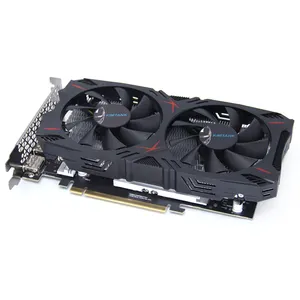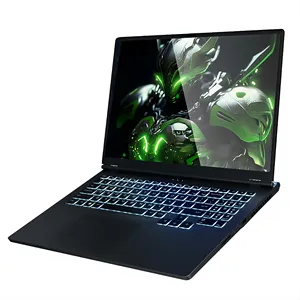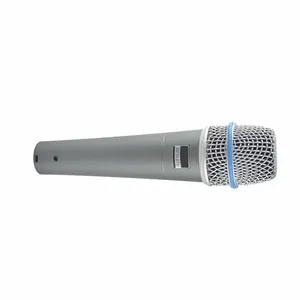Popular in your industry















































































Top categories
About pci express slot in motherboard
A PCIe slot in a motherboard is a physical connector that enables various expansion cards to be plugged into a computer's motherboard. The PCIe, or Peripheral Component Interconnect Express, is the high-speed interface standard that allows these cards to communicate with the system. The PCIe standard has evolved over the years, with newer versions offering increased bandwidth and performance. Graphics cards, network adapters, and storage controllers are among the many types of expansion cards that can be connected to a motherboard PCIe slot to enhance the system's functionality.
What is the purpose of a PCIe slot?
The primary purpose of a mobo PCIe slot is to provide a connection point for various expansion cards, allowing users to customize and enhance the capabilities of their computer systems. PCIe slots are commonly used to accommodate graphics cards, which are essential for rendering images and videos on a computer. In addition to graphics cards, PCIe slots can also be utilized for installing network adapters to enable wired or wireless network connectivity. Sound cards, storage controllers, and other specialized expansion cards can also be connected via PCIe slots to support specific functionalities.
How to install a PCIe slot?
Before installing a PCIe card, users should first identify the appropriate type of slot on the motherboard. Once the slot type and compatibility have been confirmed, users can begin the installation process. First, they should power off the computer and disconnect all cables. The computer case should be opened to access the internal components. Insert the expansion card into an available PCIe slot on the motherboard. The card's metal bracket should be aligned with the rear panel. Apply gentle pressure to ensure the card is firmly seated in the slot. Secure the card by fastening the screw on the metal bracket. Close the computer case, reconnect all cables, and power on the system. Upon booting up, users should install the necessary drivers for the new PCIe card to ensure proper functionality. This process is essential for all types of PCIe cards, including motherboard PCI e slots.






















